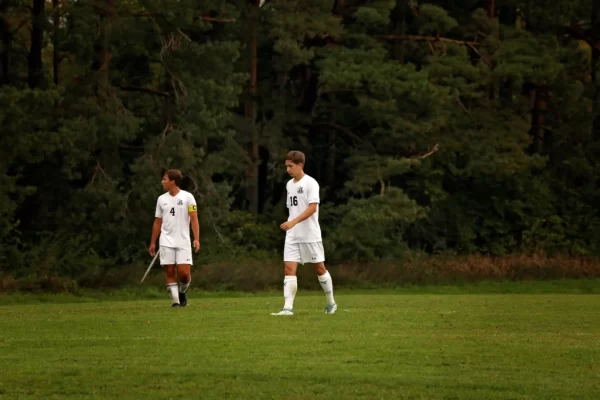Is Slavery Mistaught in Schools?
February 21, 2020
The New York Times Magazine’s’ 1619 Project is an initiative that began in August 2019 and examines the legacy of slavery in America. One particular area of its interest is the way that slavery is taught in American schools, the main issue being that more often than not, slavery is mistaught or students only learn one side of the story. The cause of this is straightforward: states set their own content standards when teaching history, unlike subjects like math or science; and as a result, there is no consensus or universal agreement on how to teach slavery in schools. In order for the education system to properly teach students about slavery, the ugly truth of America’s history would have to be exposed, and there has often not been a will to do so.
This is where misconceptions about slavery begin, where from a young age, people are misinformed because teachers and parents alike do not want to frighten children with the truth. In elementary school, we learn about abolitionists who helped slaves escape to freedom, but not much (if anything) is said about why the slaves were fleeing or what abolitionists were really protesting. Heroes like Harriet Tubman are recognized during Black History Month and Women’s History Month, and children praise the nation’s founders but do not know that many of them were racist and owned slaves of their own. Their views are extremely limited; as an illustration of this, Hasam Kwasme Jeffries, a professor of history at Ohio State University and father to an eight year old daughter, recalls a homework sheet of “fun facts” about George Washington. The sheet noted Washington’s love of rabbits and how he owned rabbits, and Jeffries told his daughter that the president owned people too. Where the assignment said Washington lost his teeth and had to have dentures made, Jeffries said, “Yes, he had teeth made from slaves.”
The effects of misteaching the extensive history of slavery are monumental; and many students graduate without a solid understanding of how slavery has shaped this country and its lasting effects. A 2017 survey of more than 1,700 history teachers and 1,000 high school seniors found a disturbing widespread “slavery illteracy” among students. More than a third of seniors thought that the Emancipation Proclamation formally ended slavery, not the 13th Amendment; while nearly 60 percent of teachers did not feel that their textbook’s coverage of slavery was adequate. Furthermore, it was discovered that about 92 percent of students did not know that slavery was the main cause of the Civil War.
The good news is that this is not the case everywhere and among all age groups of students. Once students are in high school, the topic of slavery is much more closely examined and not so sugarcoated. For younger children, slavery is treated “like a dot on a timeline” as said by Maureen Costello, who surveyed the students and teachers composing the survey. But now, in my personal experience with AP United States History, we learn so much more. The Civil War is not taught as the result of the difference between the industrialized north and the agricultural south, but rather the polarized dispute over slavery in both exisitng states and new territories. The time that teachers take to educate their students on the important history of our country is invaluable, and the care and detail that is taken in teaching students slavery and the country’s history should be much more common in education, not just among private schools.
New York Times 1619 Project:
https://www.nytimes.com/interactive/2019/08/14/magazine/1619-america-slavery.html

